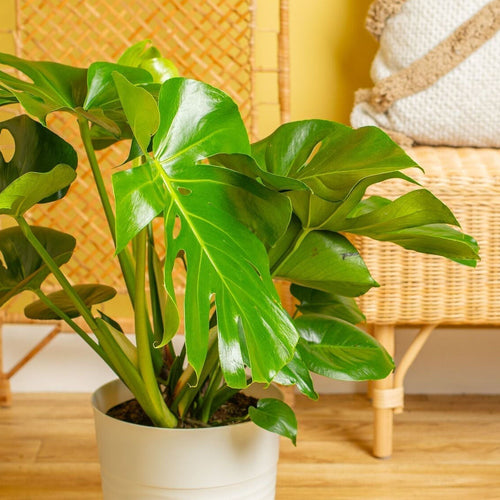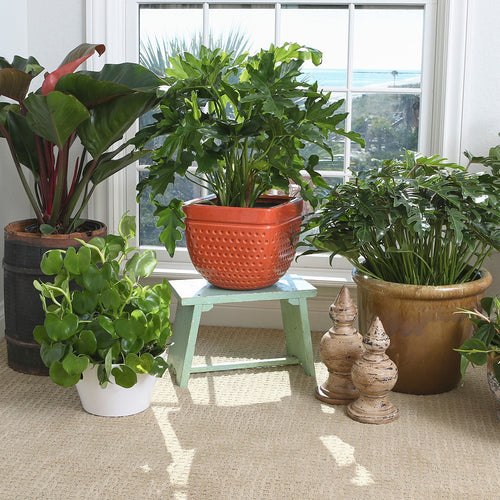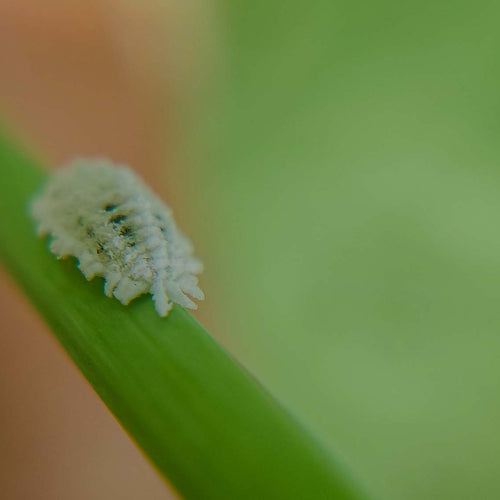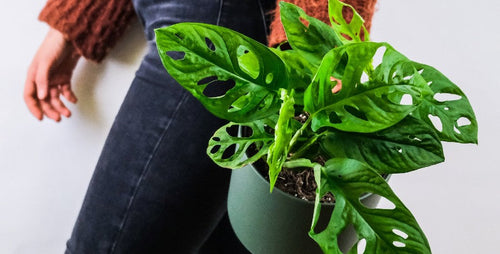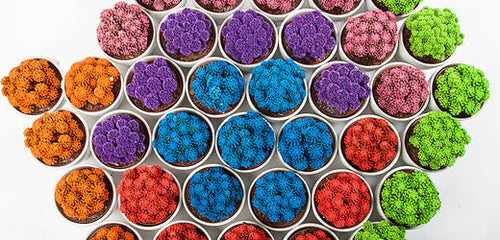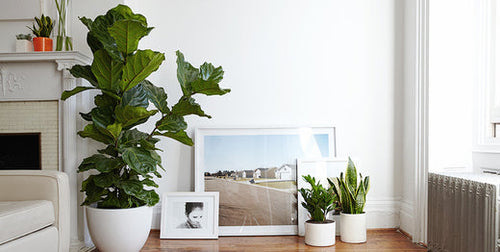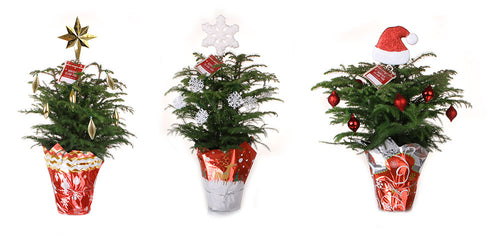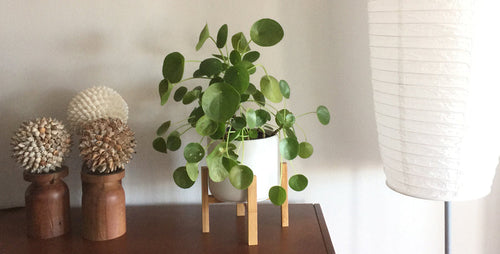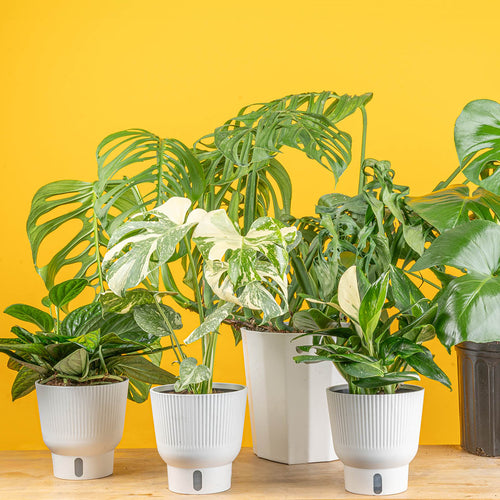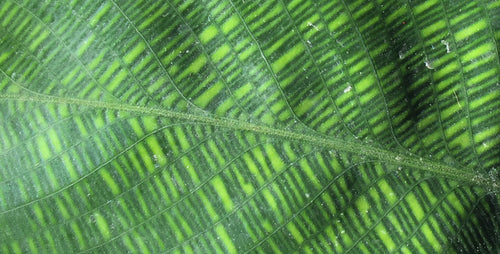A common sight in landscapes from Hawaii to Florida, Ti plants offer boldly patterned foliage in striking color combinations. And even if you don’t live in a frost-free region you can enjoy Ti plants indoors all year long.
Here are 5 reasons why I love Ti plants.

1. Exotic Splendor
Who can resist the boldly colored, lance shaped foliage of Ti plant?
Indoors or out, it adds a striking design element to any setting. Plants come in a variety of exotic color combinations
including burgundy and red, gold and green, or pink and purple.
2. Easy-Care Nature
Considering they are tropical in nature, Ti plants are remarkably drought resistant and can even tolerate dry indoor
air. Of course, they prefer to be watered whenever the soil feels dry to the touch, but will be just fine if you forget
to water now and then. They also can survive in a variety of light levels, but their color is more intense in bright
conditions. 3. Versatility
Ti plants can be used almost anywhere. Planted in containers
they make excellent “thriller” plants due to their graceful form. Indoors, Ti plants can also be used to dress up any
bright room in your home. In frost-free regions, And they look amazing incorporated directly into your landscape. Or
plant them in container gardens to accent annuals and other tropical plants (like hibiscus and mandevilla). 4. Height
When you’re putting together container combinations there really aren’t a lot of options for tall, narrow plants. Most
commonly used annuals for container culture are either trailing or mound-like in shape and form. Ti plants, which are
slender and grow 2 to 6 feet tall, are a great option to give your pots and planters some height. 5.
History
I’m fascinated by plants that have played starring roles in human culture. Ti plants, for
example, are thought to bring good luck to anyone who grows it and in Hawaiian society is often planted outside the home
because it is believed to ward off ghosts or evil spirits. The leaves have also been used to make leis, hula skirts, and
sandals.
Written by Doug Jimerson






